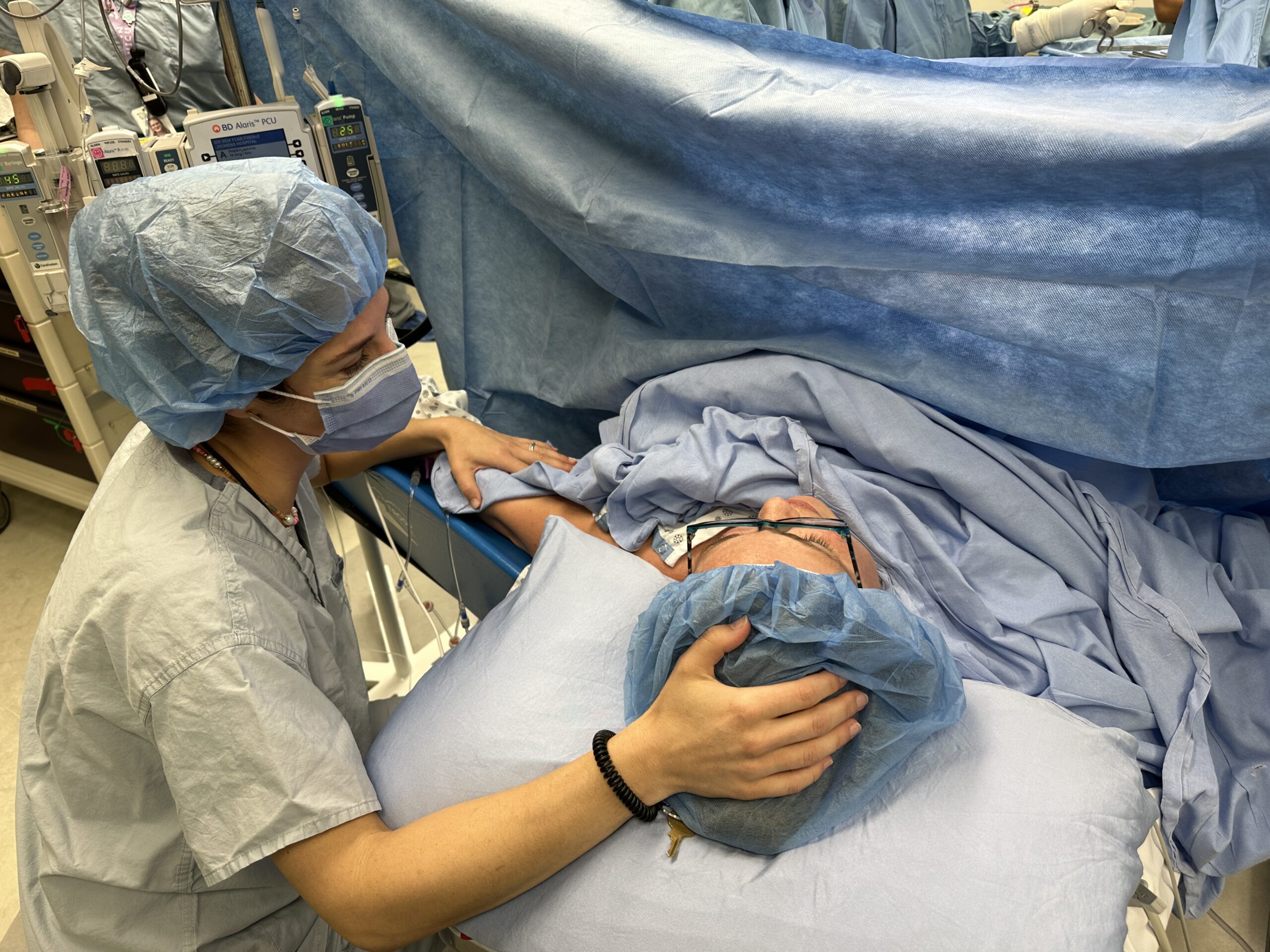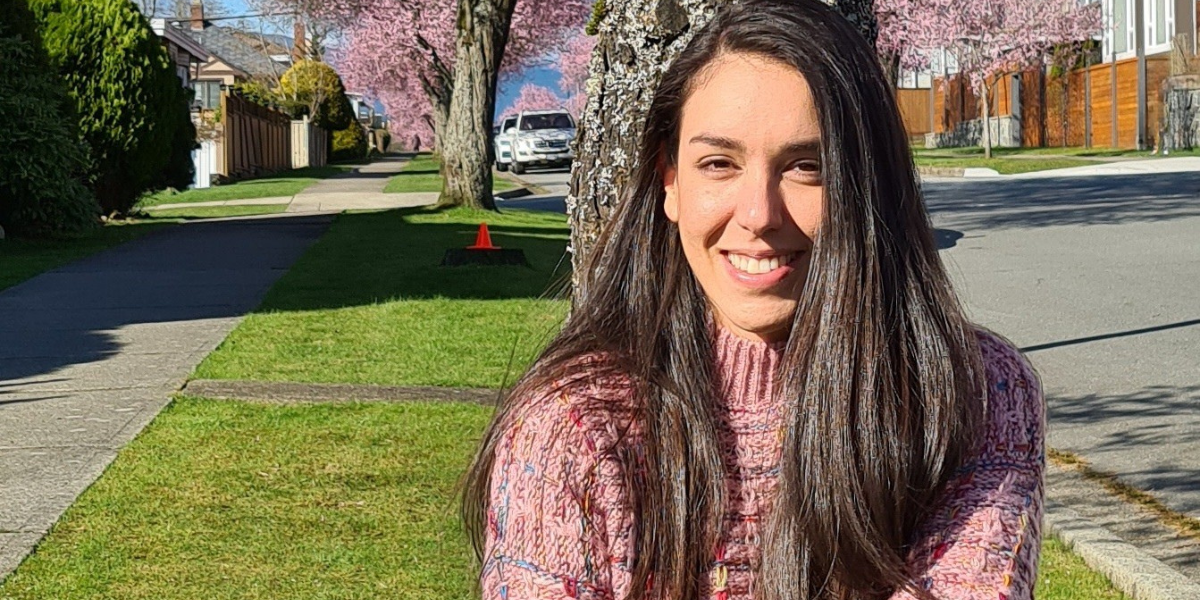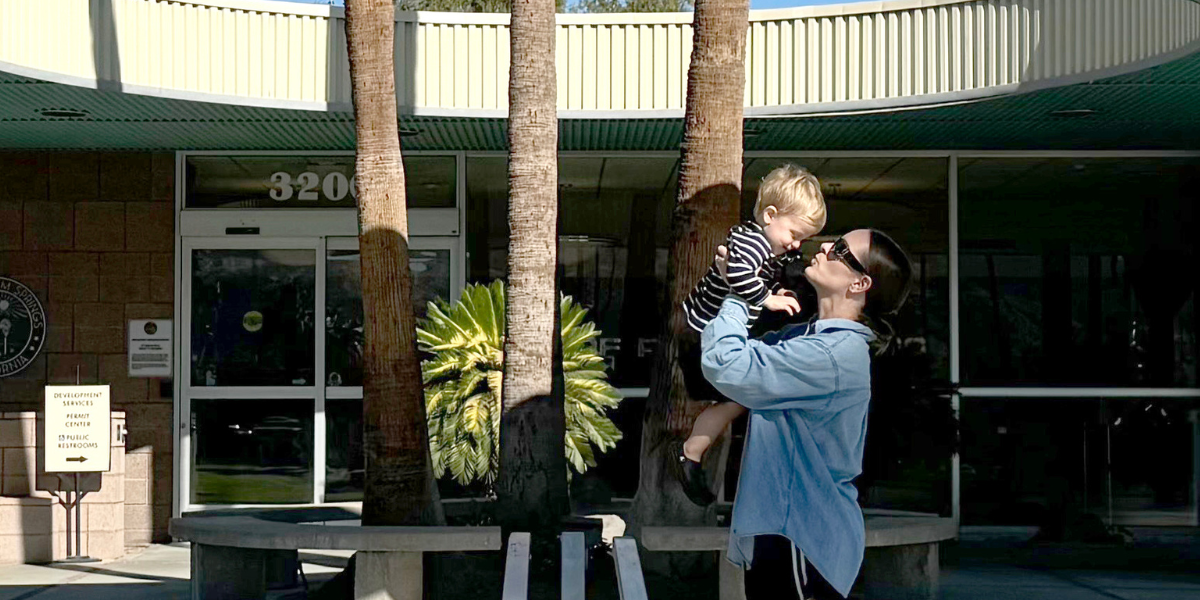
Throughout the COVID-19 pandemic there have been some mixed messages about the effectiveness of masks in preventing the spread of the virus. Some countries, including Vietnam, Czech Republic and Austria, however required masks from March, while others have not mandated masks but encouraged mask wearing from early on.
In Canada Dr. Theresa Tam, the Chief Public Health Officer, first recommended face masks “when social distancing wasn’t possible” on April 6th. She noted that these should not be surgical or medical grade masks which should be kept for healthcare workers.
How do they work?
Some of the hesitancy around supporting mask wearing is that there is a paucity of evidence on them, but we also do not have randomized control trials on effectiveness of handwashing or social distancing on COVID-19 spread.
Instead public health officials rely on the knowledge they have about the spread of viruses and on mathematical modelling to drive public health recommendations. These same factors exist to support mask wearing for the general public.
We have learned that individuals can have (and spread) COVID-19 without any symptoms; wearing a mask will limit the spread of droplets from these individuals and reduce risk of transmission to others.
The key factor is that non-medical face masks do little to protect the wearer; but are beneficial to others. Wearing a mask is a way to help protect others in your community. The more people who wear them, the greater the benefit.
Who should wear them?
Adults and children over the age of 2. There is no evidence that masks will adversely affect any health conditions. Some people with physical disabilities may struggle to put on or take off a mask.
What counts as a face mask?
Masks should consist of at least two layers of close weave fabric, and should cover the mouth and nose and fit closely to the face. They can be homemade from old t shirts and hair elastics, or store bought. Masks with exhalation valves are not recommended as they do not provide any protection to others.
How do I handle them?
Dr. Trisha Greenhalgh has been researching and promoting the use of masks since the beginning of the pandemic and recommends that you handle your mask the way you would a used handkerchief; wash your hands after touching it and don’t leave them lying around after use.
Your face masks should be used only once before washing, or disposed of properly if they are single use. It’s important that you put on and take off the mask using the ties or elastics, do not touch the fabric.
Recent surveys show that there is an increase in people in Canada wearing face masks in public places, over 50% now say they are wearing them. We encourage everyone to join them and show your support and concern for your community.
Where can I get a mask?
You can support women while protecting others by purchasing a limited-edition BC Women’s Health Foundation non-medical grade face mask.
BC Women’s Health Foundation is BC’s largest non-profit organization dedicated to advancing the full spectrum of women’s health. The information shared is intended to educate, inform, and point readers to credible sources. It is not intended to substitute professional medical advice. Always seek the advice of qualified healthcare professionals with any questions specific to your medical condition.
-
-
Regina’s Endometriosis Journey
Endometriosis affects nearly 2 million women across Canada. For women struggling with this condition, their sy...
Read more -
Lauren’s Story
Through the loss of a pregnancy and the birth of a baby, the team at BC Women’s provided the emotional suppo...
Read more




